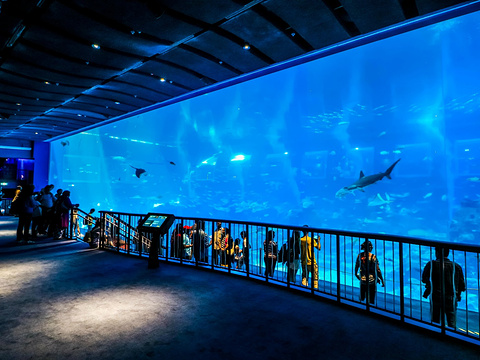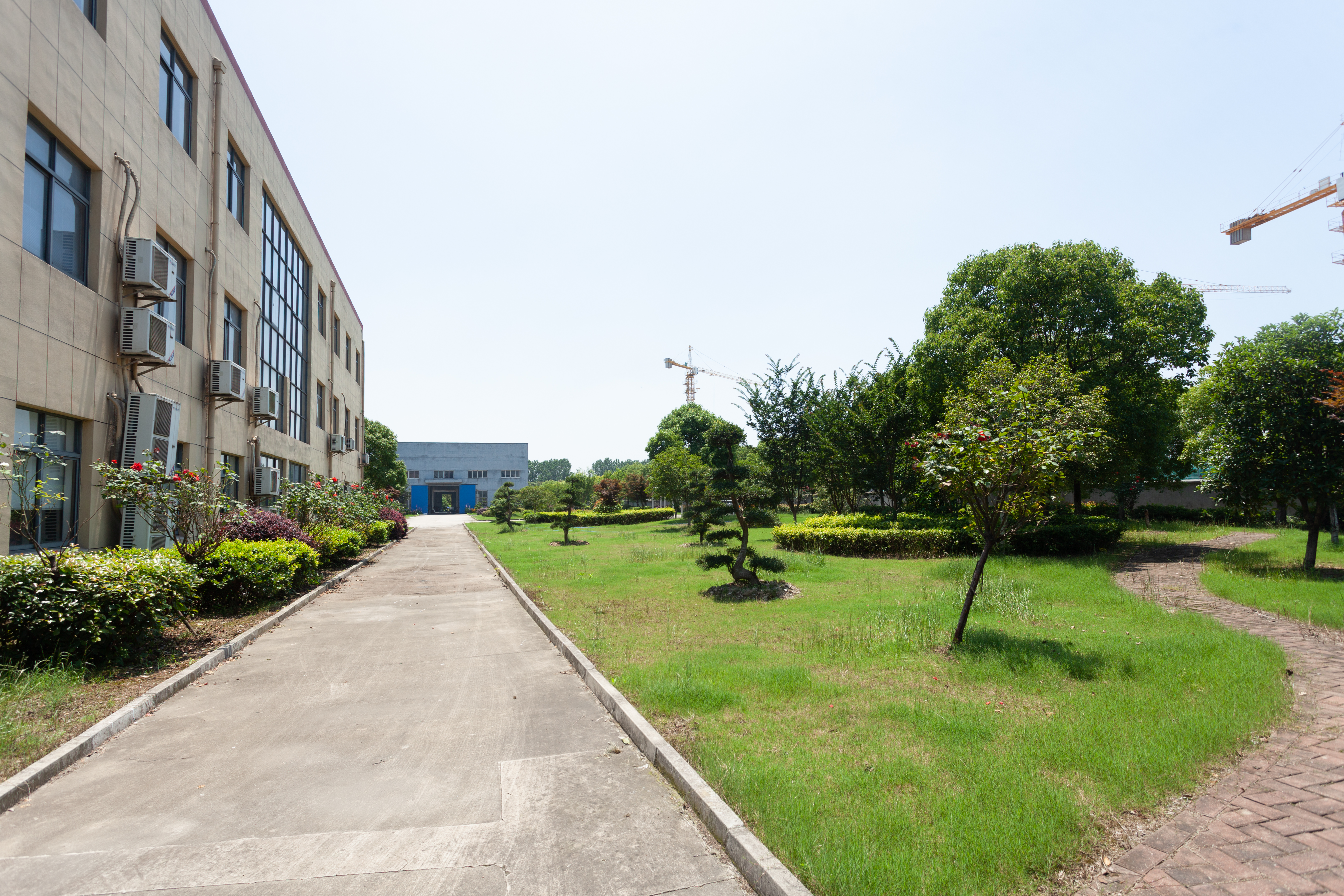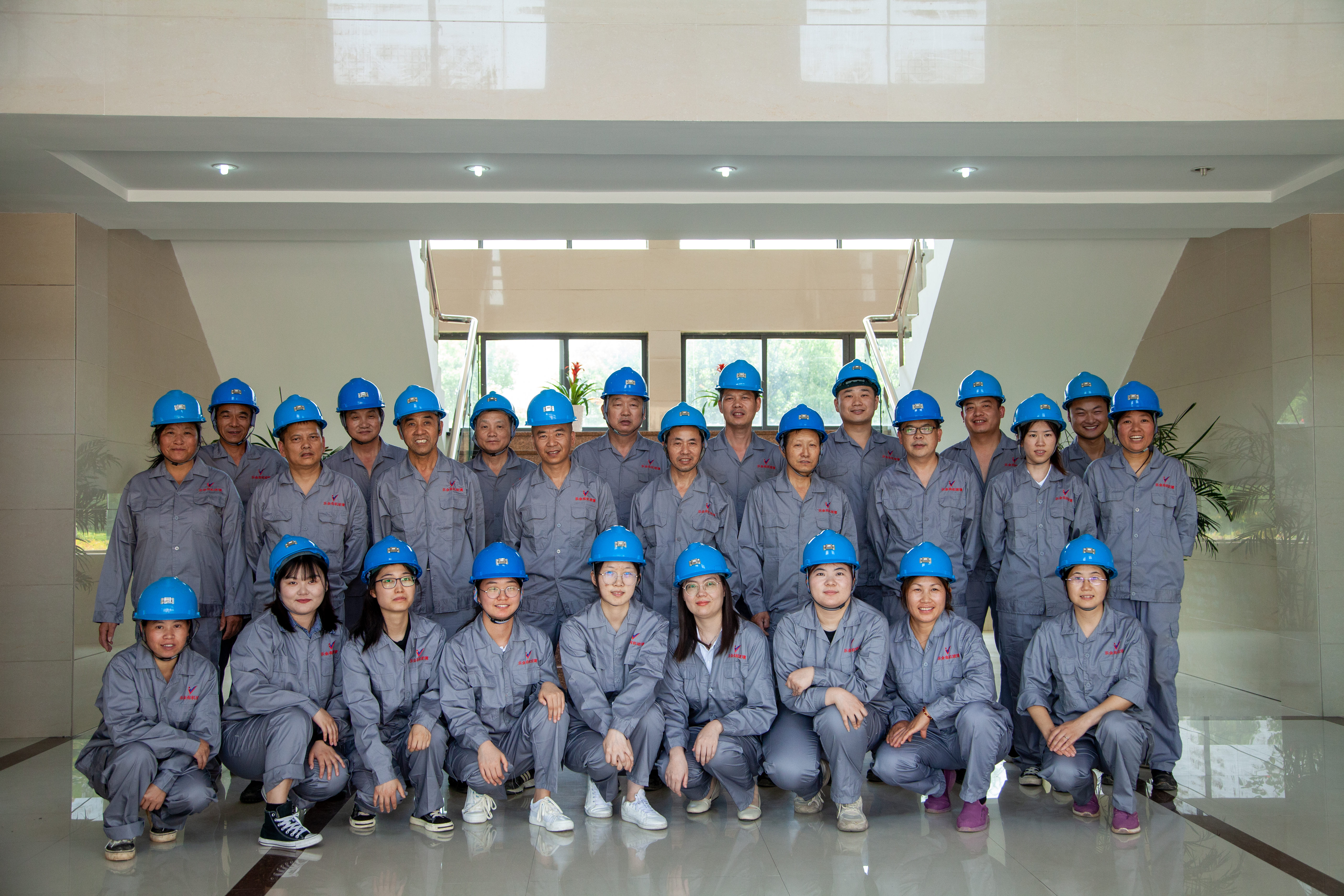Aquarium architecture - Leyu
Aquarium architecture involves the design and planning of both the physical structures and the overall layout of an aquarium or aquascape. It combines principles of aquatic biology, aesthetics, and environmental engineering. Here are some key aspects and considerations when designing aquarium architecture:
Key Elements of Aquarium Architecture
1. Tank Design
- Shape and Size: Aquariums come in various shapes (square, rectangular, cylindrical) and sizes. The choice affects fish behavior, aesthetics, and filtration systems.
- Glass or Acrylic: Decide between glass (more scratch-resistant and familiar in traditional setups) or acrylic (lighter and more impact-resistant but can scratch easier).
2. Aquascaping
- Layout: Plan the arrangement of plants, rocks, driftwood, and substrates to create a visually appealing environment that mimics natural habitats.
- Depth and Layers: Use height and layers with hardscape (rocks, wood) and softscape (plants) to create depth. The “rule of thirds” can help in layout composition.
- Plant Selection: Choose plants that complement the tank size and light availability. Consider those that thrive in submerged conditions.
3. Waterscape and Filtration
- Water Flow: Design water movement strategies to ensure proper oxygenation and filtration without stressing the aquatic life.
- Filtration Systems: Include mechanical, chemical, and biological filtration systems that match the tank’s size and inhabitants’ needs.
4. Lighting Design
- Type of Lighting: Use LED, fluorescent, or metal halide lighting based on the plant species and desired ambiance.
- Intensity and Spectrum: Ensure lights provide the right spectrum for photosynthesis while creating an interesting visual effect.
5. Sustainability
- Eco-friendly Materials: Use non-toxic, sustainable materials for hardscapes and equipment.
- Biodiversity: Incorporate a diverse range of plants and fish to create a balanced ecosystem, which can be self-sustaining.
6. Habitat Considerations
- Biomes: Consider the natural habitats of the aquatic life you wish to keep (e.g., freshwater, brackish, or marine).
- Compatibility: Ensure the species selected are compatible in terms of behavior, size, and environmental needs.
Additional Design Considerations
- Access and Maintenance:
Plan for easy access to various tank areas for cleaning and equipment maintenance.
- Safety Regulations:
Ensure designs comply with local regulations regarding structural safety, especially for larger aquariums.
- Viewing Experience:
For public aquariums, consider the visitor experience, including viewing angles, educational signage, and engagement space.
Examples of Aquarium Architecture Styles
1. Nature Aquariums:
Inspired by natural landscapes, focusing on the harmony between aquatic life and their environment.
2. Biotope Aquariums:
Designed to mimic a specific natural habitat, emphasizing authentic plant and animal combinations.
3. Pond Design:
For outdoor settings, consider integrating landscaping and aquatic features with natural flora and fauna.
By thoughtfully combining these elements, aquarium architecture can create not only beautiful displays but also healthy environments for aquatic life. If you're considering a specific project or need more detailed insights on any aspect, let me know!
Leyu Acrylic Aquarium Factory has completed over 70 Aquarium Architectures - Leyu
The Leyu Acrylic Aquarium Factory has completed over 70 aquarium buildings, from design to acrylic panel production to on-site installation, every step of which is professional.
Excellent Aquarium Architectural Design
Explore our world
Leyu Acrylic Aquarium Factory specializes in the design, installation, and maintenance of customized fish tanks and luxury aquariums.
Leyu Acrylic Aquarium Factory work closely with interior designers, architects and engineers to create the most outstanding custom fish tanks that integrate perfectly with the interior design of the property while still creating a wow factor.
Each aquarium installation is bespoke, ensuring both a personal and professional service is delivered. We hand select all the materials and livestock to complement the desires of the client.
We have a diverse portfolio of luxury custom fish tanks. From residential tanks with vibrant coral reefs to large commercial aquariums housing imposing sharks and striking jellyfish.

Acrylic cylindrical aquarium

Acrylic tunnel aquarium

Acrylic window aquarium panel
How was the aquarium architecture building built?
Anything is possible if you can imagine it
The construction of the aquarium architecture building can vary depending on the specific design and materials used. However, in general, aquarium buildings are typically built using strong and durable materials, such as steel and reinforced concrete, to support the weight of large aquarium tanks and aquatic life.
The foundation of the aquariumarchitecture building must be strong and able to withstand the weight of the tanks, water, and marine life. In some cases, special foundations may need to be constructed to accommodate the weight of the aquarium.
The tanks themselves are often made of acrylic sheets or tempered glass, which are transparent and allow visitors to view the underwater world. The tanks are carefully designed and constructed to ensure they are watertight and able to withstand the pressure of the water inside.
The aquarium architecture building also require advanced filtration and circulation systems to maintain the water quality and ensure the health of the marine life inside. These systems include pumps, filters, and chemical treatment systems that help to remove waste and maintain the right balance of chemicals in the water.
In addition to the aquarium tanks, the aquariumarchitecture building may include other features, such as touch tanks, interactive exhibits, and educational displays. These areas are often designed with the needs of both the marine life and visitors in mind, providing a safe and engaging environment for everyone.

What is the Leyu Acrylic aquarium
Leyu acrylic Aquarium factory custom Sea clear acrylic aquarium
Seaclear acrylic aquarium is a type of fish tank that is made from a transparent plastic material called acrylic. This material is known for its clarity, durability, and strength, making it a popular choice foracrylic aquariums.
Unlike glass aquariums, which can be heavy and fragile, Seaclear acrylic aquariums are lightweight, shatterproof, and less prone to cracking or breaking.
They are also easier to shape and form into unique designs, allowing for more creative and innovative acrylic aquarium setups. Clear acrylic aquariums provide a crystal-clear view of the underwater world, making them a great choice for hobbyists who want to showcase their fish and aquatic plants in a beautiful and immersive way.

Leyu acrylic aquarium

Leyu acrylic aquarium

Leyu acrylic aquarium
How to Cycle an Acrylic Fish Tank Aquarium
You may have heard the term from other fish owners, or even at your local pet store – but what does it really mean? Here, we’ll explain what a tank ride is and why It's important and what to do when you can't easily get advice from our consultants.
What is cycling your fish tank?
When we talk about cycling your fish tank, we are referring to the nitrogen cycle. This is a natural process that helps break down toxic waste into something harmless to fish.
If you are getting a fish tank for your new friend, you will need to help create this cycle in their new tank.
This cycle allows beneficial bacteria to grow in the fish tank, and they act like a biological filter for any waste produced by the fish. Their urine and feces contain large amounts of deadly ammonia, which in a properly circulating water tank will be converted into nitrite and then into non-toxic nitrate.
What happens during this cycle?
There are three main stages in the nitrogen cycle:
1. Ammonia enters the water through waste and uneaten food. This is toxic to your fish. If the pH of the water in the tank is above 7, ammonia is more likely to be present.
2. Bacteria begin to form, converting ammonia into nitrite. These are still harmful, but are an important stage in the cycle. Once the pH starts to drop below 7, you'll know when this is happening if the water looks cloudier.
3. Nitrite accumulates and is then converted into nitrate by new bacteria. Nitrates are the end goal of the cycle that filters harmful substances from the water. They are not harmful to your fish unless ingested in large amounts, so you will need to test the water regularly to make sure their levels are below 20ppm.
How long will it take?
There is no time limit to creating a healthy nitrogen cycle in your new fish tank. Typically, this will take a few weeks if you do regular water changes and carefully monitor the water for toxins. The pH, ammonia and nitrite levels of your fish tank's water are all good indicators of how far along you are in this cycle.
Step-by-step guide to cycling your fish tank
If you haven't cycled a fish tank before, or you need a refresher, we've put together a simple step-by-step guide.
Step 1: Setting Up Your New Aquarium
Not surprisingly, before you start cycling your tank, you need to set it up! This includes choosing the right size fish tank for your needs, filling it with gravel, clean water, an air pump, a heater (if needed), and a filtration system.
Adding live plants to your new tank will not only make it look great, but may help speed up the nitrogen cycle. This is because they already have bacteria on them that help break down ammonia.
Step 2: Add some fish
If you are determined to have a large aquarium, you may want to stop right at the beginning. Your goal should be to introduce only a few fish into your tank to begin with to reduce the amount of waste produced and thus reduce the likelihood of the water becoming toxic. Good fish to choose during the initial rotation include danios, trasses, barbs or white clouds.
Step 3: Limit the fish’s food
Not only does food cause your fish to produce more waste, but it can itself be harmful if uneaten food particles are allowed to float in the water. To avoid excess ammonia building up in your tank, feed your fish less while it is still circulating.
Step 4: Change the water regularly
During the cycle of the tank, you should change the water every few days. This requires removing 10-25% of the water and replacing it with fresh water. If you have a brine tank, you will also need to add more brine.
Step 5: Test the waters
To monitor the levels of toxic ammonia and nitrites in your new fish tank, you should invest in a water testing kit. Check your water with a test kit every few days to make sure ammonia levels stay below 0.5 milligrams per liter of water and nitrite levels stay below 1 milligram per liter of water.
Once your ammonia and nitrite levels are down to zero or close to zero, the cycle is complete and you can start adding more fish! You should only add one or two fish at a time and leave at least Out a week apart. This will give beneficial bacteria a chance to adapt to higher levels of waste without making the water toxic.
If you have any questions about cycling your fish tank or need help, pop into your nearest pet-at-home store when it's safe and speak with one of our aquarium experts. You can also make an appointment with a veterinarian who specializes in fish and marine life.

Acrylic custom fish tank - factory

Installation of acrylic aquarium

Installation of acrylic aquarium
Other related searches
Small acrylic aquarium design
aquarium tank
Acrylic aquarium design ideas
Aquarium specialist
Metal aquarium cabinet
Stainless steel aquarium stand
Small acrylic aquarium design
Acrylic aquarium design ideas
Aquarium
Fish aquarium
Glass aquarium
Cylinder acrylic aquarium
Boyu aquarium
Jebo aquarium
Marine aquarium
Round acrylic aquarium
Large acrylic aquarium
English
العربية
Русский
Español
Português
Français
Deutsch
italiano
한국어
Nederlands
Tiếng Việt
ไทย
Polski
Türkçe
አማርኛ
ភាសាខ្មែរ
Bahasa Melayu
தமிழ்
Filipino
Bahasa Indonesia
magyar
Română
Čeština
Српски
हिन्दी
فارسی
Kiswahili
Slovenčina
Slovenščina
Norsk
Svenska
Ελληνικά
Suomi
עברית
Dansk
Shqip
বাংলা
Hrvatski
Afrikaans
Māori
සිංහල
Беларуская мова
Bosanski
ދިވެހި
Esperanto
guarani
Hausa
ʻŌlelo Hawaiʻi
Kurdî
Lietuvių
Македонски
ਪੰਜਾਬੀ
Runasimi
Türkmençe
isiZulu


 +86-13584439533
+86-13584439533 








































